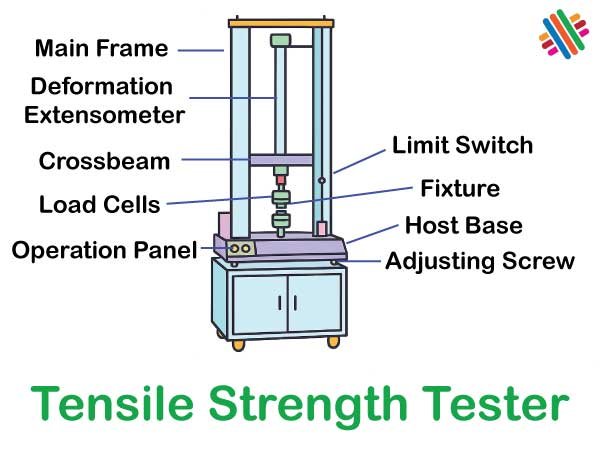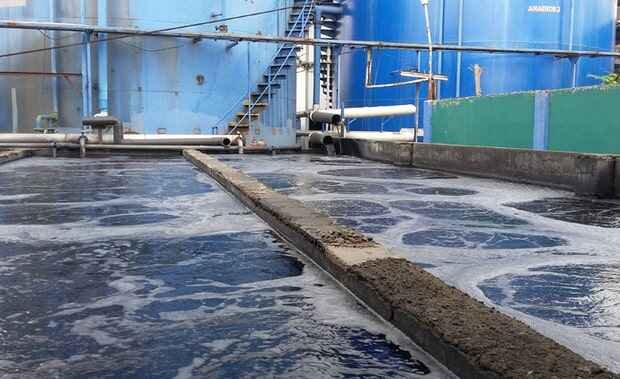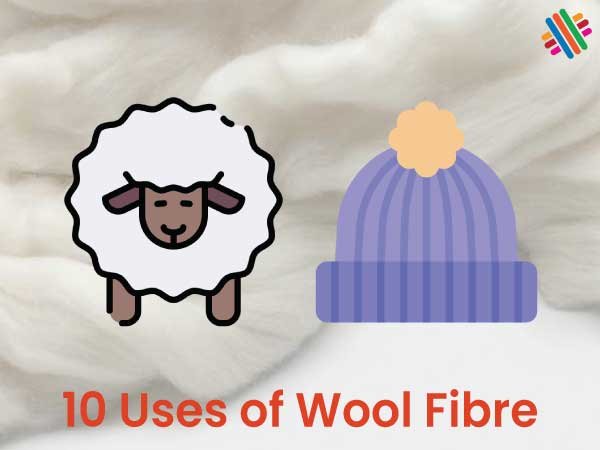Fabric Tensile Test Standards: ISO 13934 Vs ASTM D5034 Vs ASTM D5035
Introduction to Fabric Tensile Test and International Standards You wear your favorite denim to feel confident when you go outside. Denim gives good resistance to wear and tear. Its tensile strength is so good. Not ….. Read More






